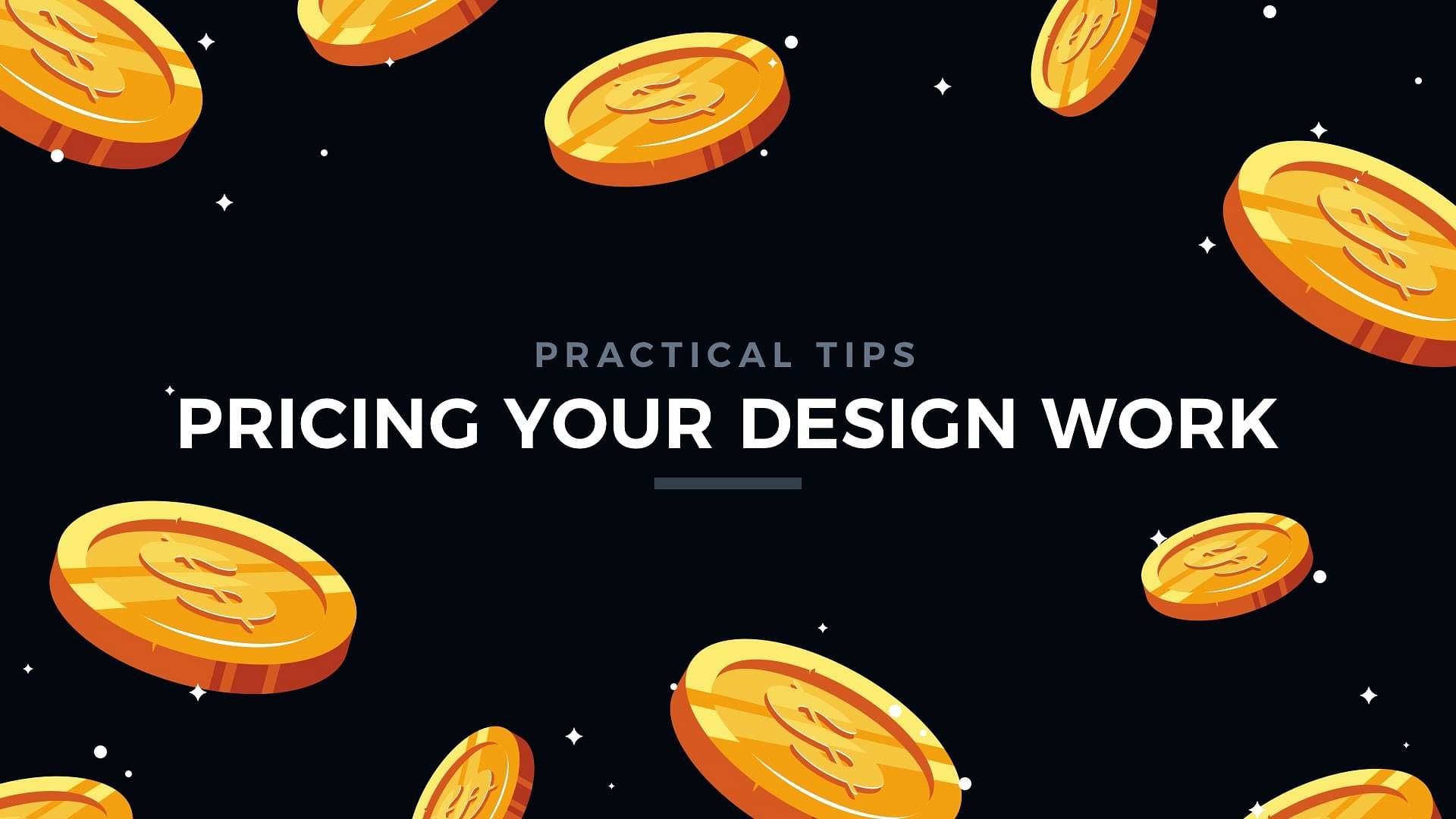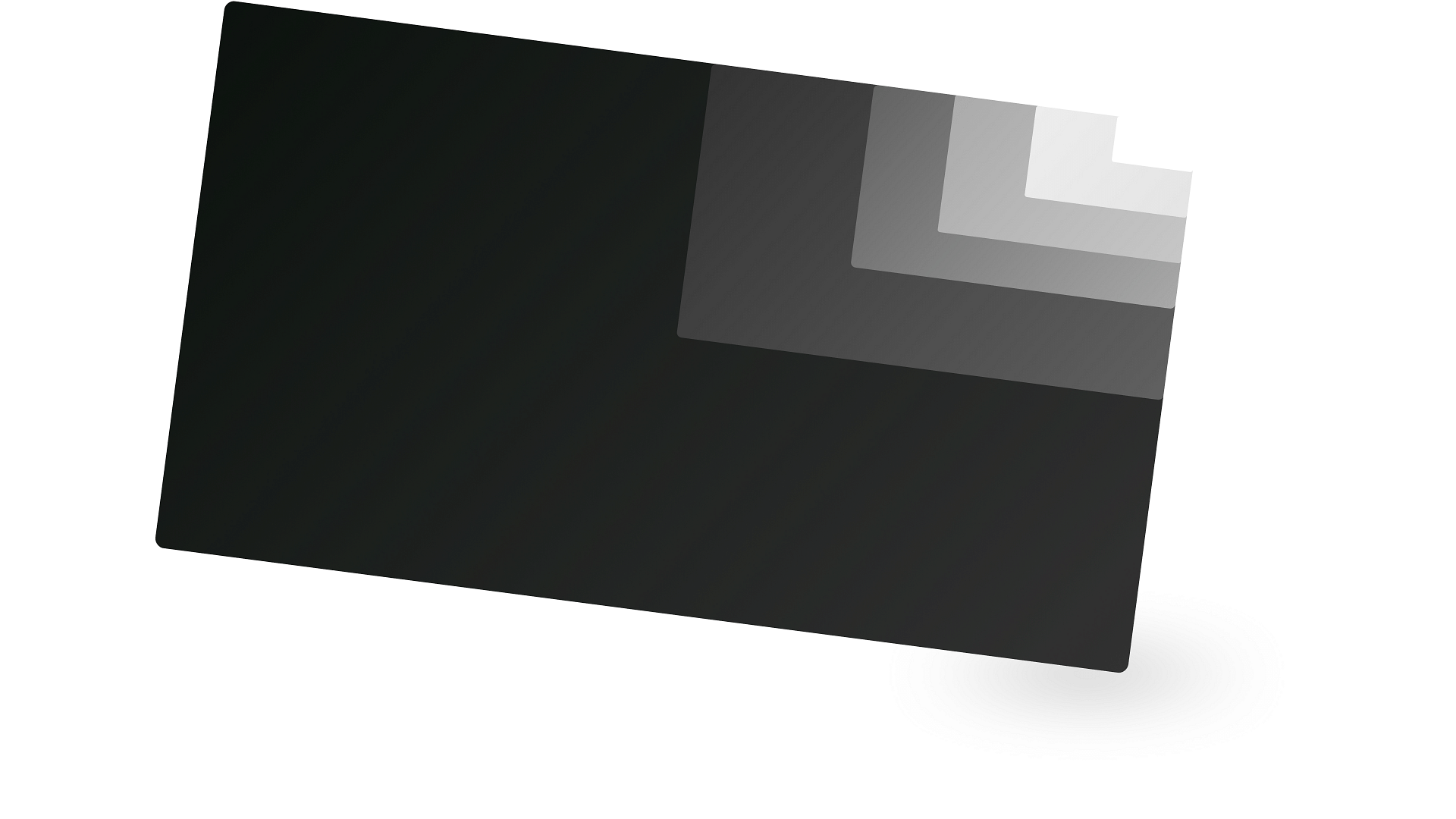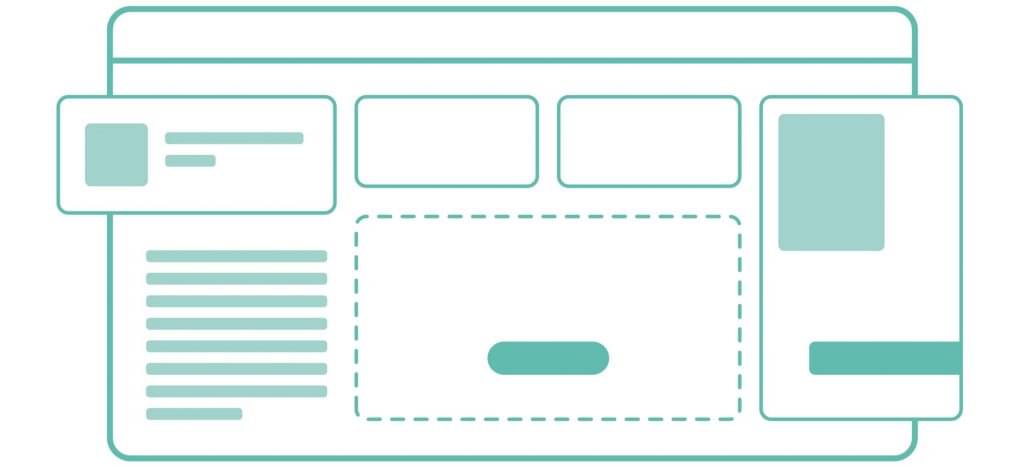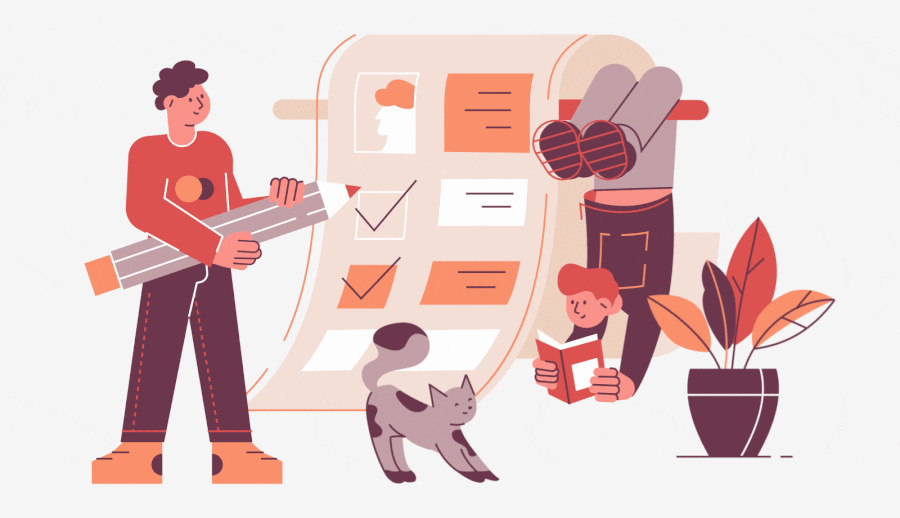Pricing is a challenging thing, especially for the designers who start their professional journey. However, pricing is essential not only for your work. It often determines the quality of your life.
In the article, I will show your factors that affect pricing. We will review various pricing methods and make some practical tips. I will give you also my personal recommendations and show you other designers that know how to price their work!
So, grab the mug of your favorite coffee, and let’s begin!
Before Thinking of Pricing Methods
Setting the price depends on various factors. You have to think about them even before choosing the pricing technique. Let’s briefly describe major ones:

Letter
1. Set Your Goal
The most common question about designers’ earnings I get is: How much should I charge for an hour of my design work? $15? $50? $100? more? There are some standards in the industry (they change a bit every year, but you may quickly search them on the web), but in the end: It always depends on you. You will even learn later in the article that you do not have to charge per hour!
Back to setting your goal: You have to ask yourself what level of income, wealth, or living standard you want to achieve. To simplify: You would like to drive Porsche, Toyota, or a scooter?
2. Check Your Skills
Now you have to think of your design & business skills. I mentioned business skills because as a freelancer you have to think of yourself as of one-man-show company. Design skills are essential, but they are not enough.
When you think about setting your rates, ask yourself a few questions:
- Does my portfolio work includes high-quality work?
- Do I have excellent design knowledge?
- Do I provide excellent service for the Client (reply to their messages quickly, advise them in various cases, etc.).
It is completely natural to have lower rates at the beginning of your freelance journey. You learn a lot in that time. When your skills & confidence gets better, you will increase your salary.
3. Know your costs
Do the homework and check your monthly expenses. Think also about occasional ones. Your monthly income has to be big enough to pay taxes etc.
I completely understand that this point is not as attractive as setting your financial goal. However, being conscious about your expenses tells you a lot about Pricing. You know that you have to charge at least a specific amount of money to survive next month.
4. Pick the Right Clients
Not every client is able to pay $10.000 for a website design. For some, this amount of money exceeds a budget, but for other companies, the rate sounds cheap. However, at the beginning of your freelance business, you will probably not get the work from the biggest corporations.
Some industries have significantly different budgets than other ones. You may specialize in some trending areas like cryptocurrency & blockchain. This will increase the possibility of getting the Client from that field.
You will also learn in the next sections that some pricing techniques will not work for specific companies.
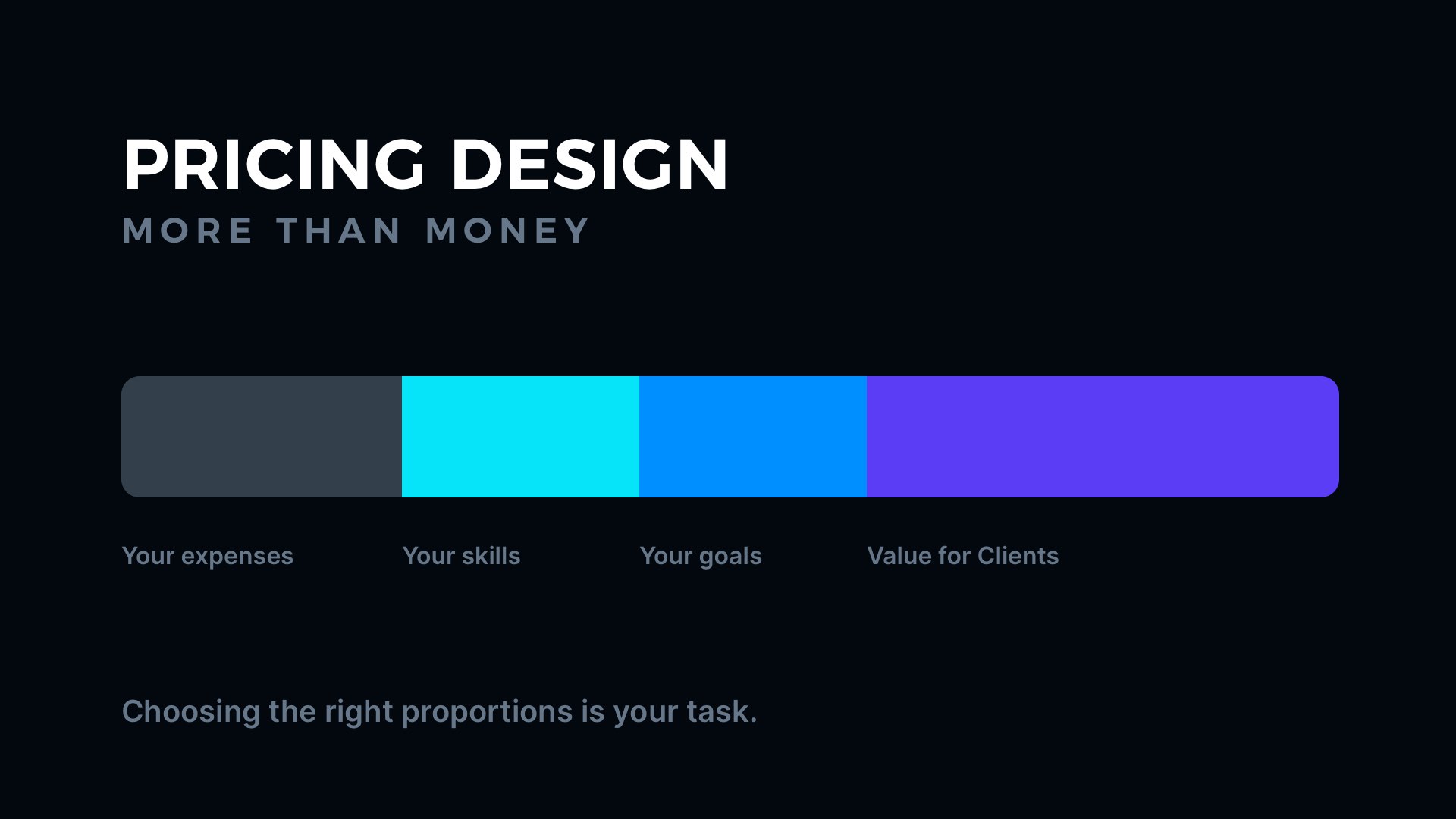
Pricing Methods
Now you know the factors that influence the Pricing. Let’s discuss pricing methods. These are 3 most common techniques of pricing design work:
Hourly Rates
Hourly rate pricing is the most simple and probably most popular method. Alternatively, you may use work days or weeks. It is easy to communicate with the Client, which pays you for the spent time.
Hourly Rates may work when you want to get a project with a specific fixed price budget (you estimate how many hours it will take) or when a client wants to pay for your time (for example, he want to you work for 12 sprints together)
If you have troubles with setting the price for an hour of your work, check the job offers that include salary or browse stats of income for other designers in your city or country. You may also use hourly rates calculator like this one. The pros of this method are the ease of calculation. If you know how many expenses you have and how big amount of money you want to save monthly – you may quickly dive the whole sum by the working hours, and that’s it.
However, in practice, this technique does not work perfectly. What if you would like to earn more? You have to increase the hourly rate or work more. This is the only way.
Next, what about your efficiency? When you are a junior designer creating an icon set may take you a whole month, but when you become more skilled, you will prepare it within a week or less. Does it mean that you should earn less money? No!
I had heard a story when a designer created a company logo within 1 hour and asked $3.000 for his work. The Client said that he would not pay such a big amount for just an hour of work. Then the designer answered that he made it in just 1 hour, but it took over 10 years to learn how to make it so fast.
Do you get it? You have to be promoted by your skills, not punished by them. Efficiency is your precious asset!
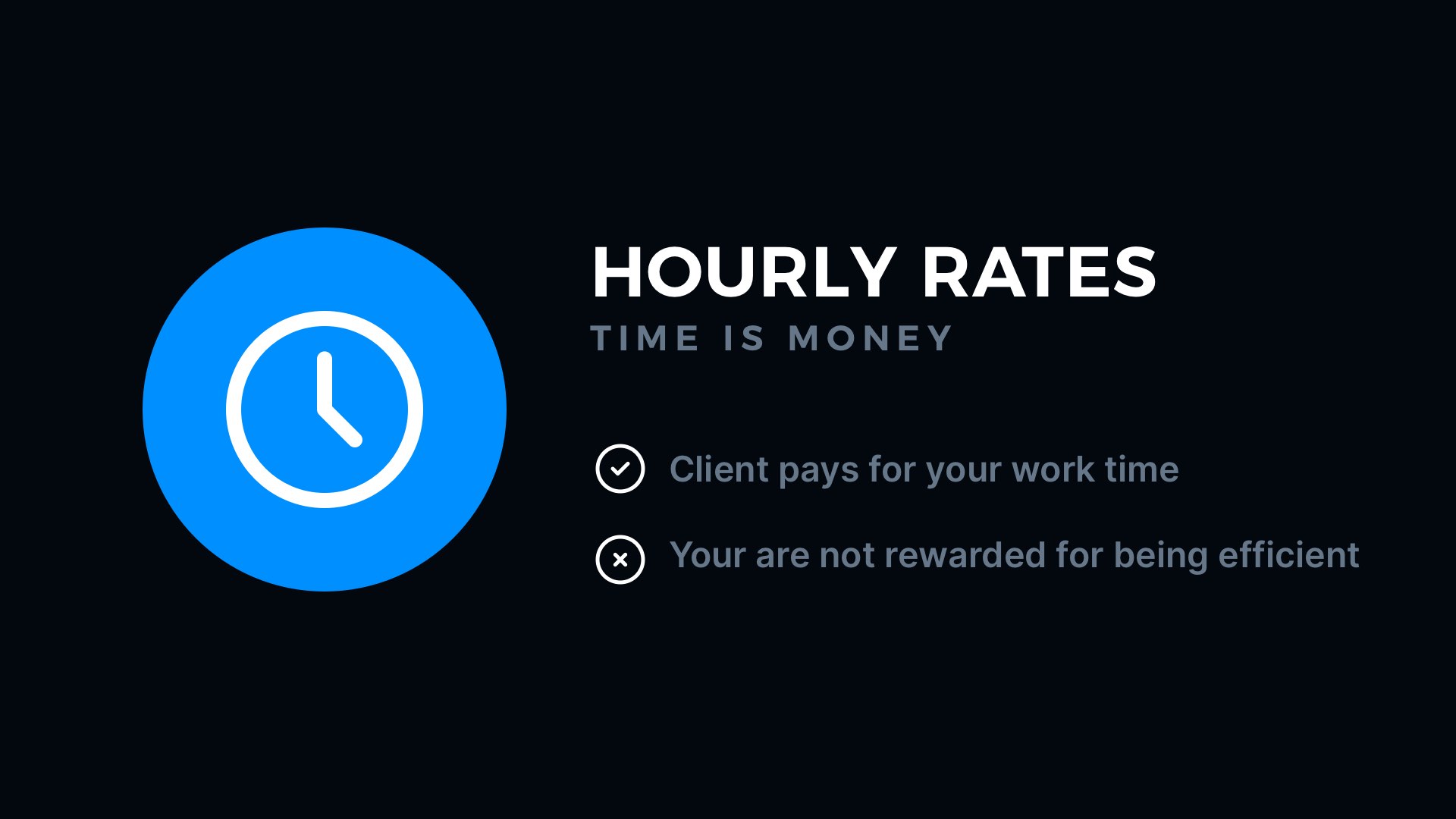
Project-Based Pricing
Project-Based Pricing Technique is another popular method that allows you to make earning a bit more independent from precise hourly rates. In this case, clients pay for the accomplishment of a specific task.
Because the Project-Based approach is usually fixed price, it is good to prepare a detailed scope attached to the contract. You may divide the whole project into milestones and get paid for each part.
When the Client agrees on the scope and price, the only time limits you is the deadline.Obviously, it is good to discuss progress with the Client regularly, but you do not charge for specific work hours. If you complete the task 2 times faster thanks to your skills, you will have more time to work on the next project.
I like this type of technique because a client is sure that my work will not exceed the budget. The only exceptions are when the scope changes, but that’s a different story.
It is also hard to use Project Based pricing when you work in Agile methodologies like Scrum.
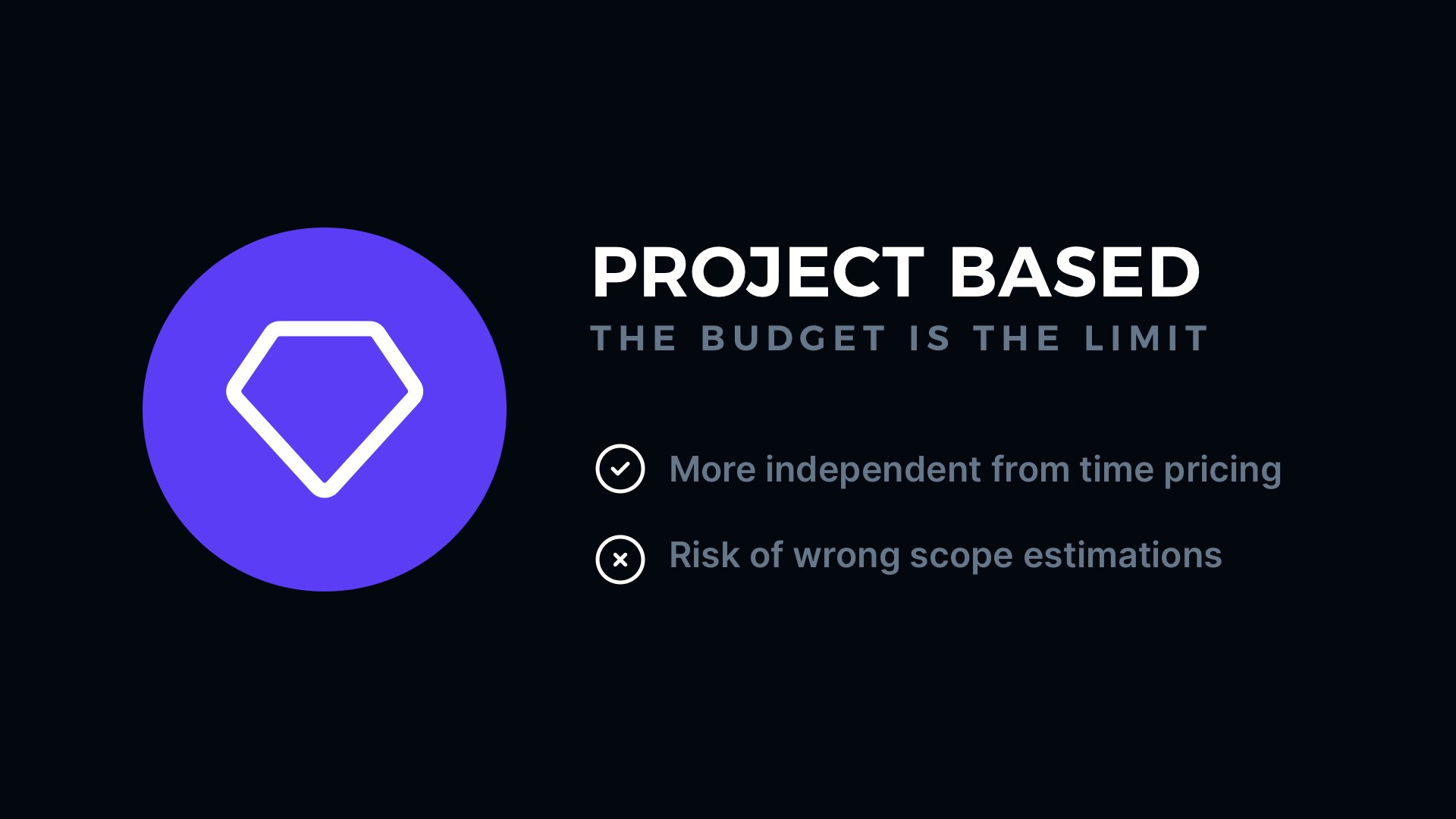
Value-Based Pricing
This is a different kind of Project Based Pricing technique. I really love Value-Based Pricing because it shows that the result of your work is not just a set of pretty buttons & images. Your work makes a real impact on the Client’s business.
Value-based Pricing encourages you to price your work depending on the value it creates for your Client instead of your needs. The final price for your work is determined by the value of the outcome to the Client’s business. This is a very important shift because it shows you care about the Client’s success.
Price is the cost for your Client. Value is what your Client gets.
The key thing in Value-Based Pricing is that you have to discuss the financial business goals of the project. The Client has to understand the objectives and challenges. This way, your work is an investment, a solution that helps to achieve these goals.
Value-Based Pricing may be hard at the beginning because saying to the Client that you will make the website that will earn $100,000 and charge $10,000 for it – is naive and won’t work.
In practice, Value-Based Pricing is a bit of art connected with research. You have to see how big is the Client’s company, how many team members are involved. You check the scope and complexity of the project and the task. You analyze the target audience and business goals.
Value in the eyes of the Client is also created by your brand, service, your offer, speed of delivery, and obviously the quality of work.
Value Base Pricing will not probably work for small companies – except startups that have got some funds from investors. This pricing method will be definitely better for medium and big businesses.
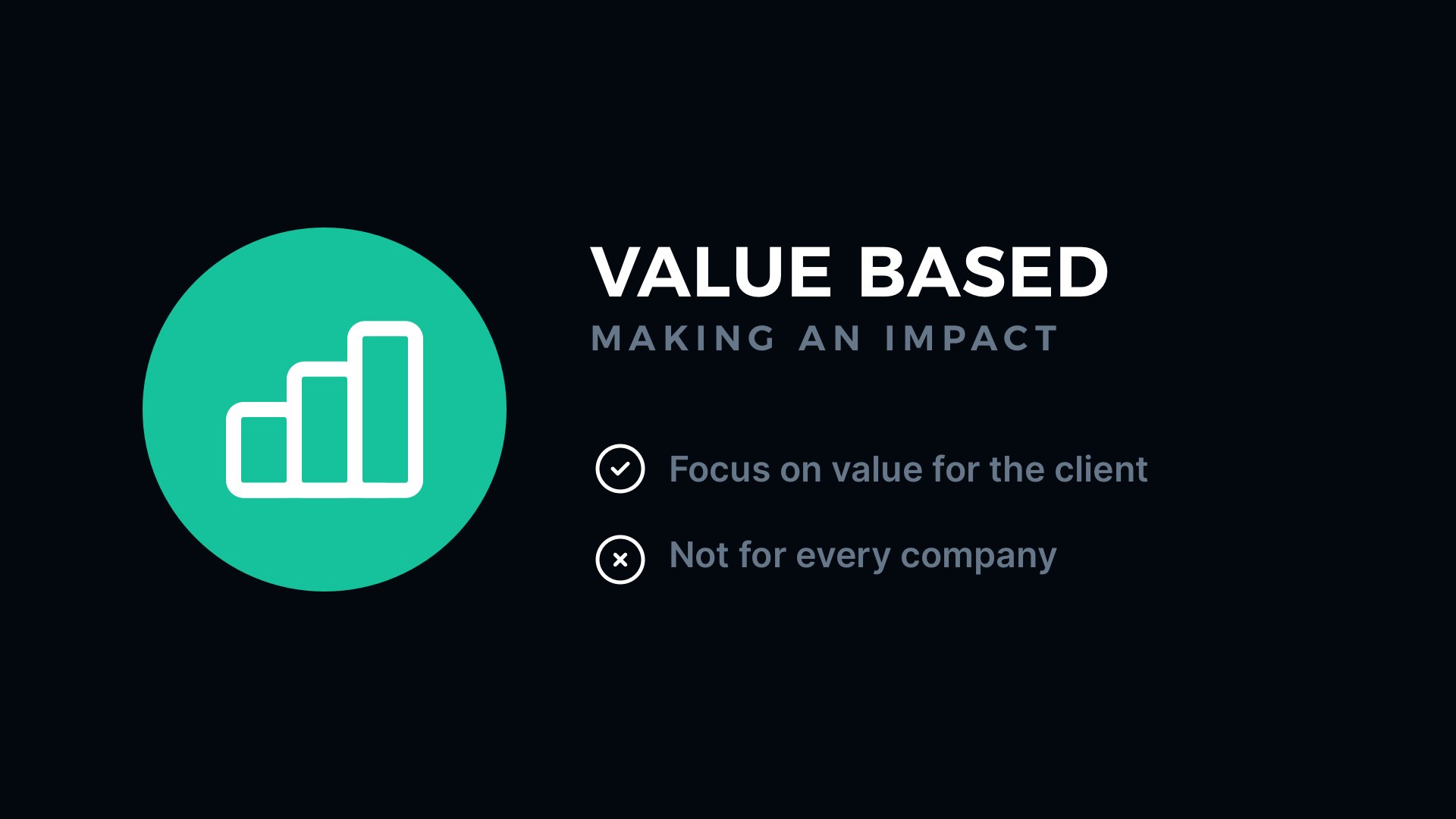
My Recommendation
The easiest way to price the work is to have your own hourly rate. This technique may be the perfect way to get your first clients. Thanks to this, you will learn if your estimations are good.
However, when you feel a bit more confident – you should change your pricing method to Project Base approach or to Value-Based Pricing. This way, you will be able to earn more without the need to answer questions like “Why your hourly rate is so high?”.
Learn from more experienced designers
There are lots of designers that, from time to time, share their methods of pricing work and tips on how to deal with clients.
You may inspire from these folks:
FAQ – Common Pricing Problems
You already know how to set a price for your work. Now, let’s try to overcome the most popular issues that may occur when you price your work.
Let me answer popular questions that are often asked when it comes to Pricing:
Do I have to charge always the same fee?
No. If you want to work on a specific project, you may lower your fee a bit to increase the chance of getting the contract. If you know that the company is big and it has a huge budget, your rates should also adapt to this.
Even popular designers use these techniques. See Oliur’s tweet.
Can I ask a client to pay me up front?
Yes! I always ask my clients to pay 30% or 50% upfront. This is the perfect way to check if the Client is willing to pay you anything for your work. Do not start work without getting at least mentioned part of the payment.
You may even ask for 100% and give a little discount for this kind of payment.
Should I lower my rate if the Client promises long-term cooperation?
If you charge for your work time, you should not lower your rate. You work the same time that you might have dedicated to other Client’ work.
Alternatively, you may prepare for such a situation by adding a little buffer to your project estimation.
Should I charge extra for resources like typography & stock photos?
If the image or font was already in your library, you do not have to charge for it. However, if you have to buy it only for project purposes, add the cost to the invoice (but inform the client before).
If the font is used in the app or website, recommend your client to get the license on their own, so they will have the right to use it.
What if the Client asks me to do the first project for free and promises to pay me for the next one?
Personally, I would never agree with this kind of project. How your Client guarantee that the cooperation will not end after the first project?
Do not participate in projects like that.
Client suggests that the same tasks may be done for a third of the price by students.
You are an expert in your discipline and guarantee specific value and high-quality work. Do these students know the specific niche well? Did they accomplish similar projects earlier?
Be confident and demonstrate the value you give to the Client.
What if the Client says: Your work is too expensive! Can you lower your price?
You may consider adding some buffer to the price negotiations. This may be 5-10% of the project budget.
However the thing I would like to recommend to you something different. Give your Client mentioned discount only if he agrees to pay you 100% upfront. This is a win-win case because clients get a discount, you get your money without worrying if you will be paid in the future.
One more thing…
As I mentioned many times, efficiency should promote your – this is your superpower. To become more efficient, to work faster, you have to use industry-standard skills. I am sure that you use Figma or Sketch. To work faster in these tools, you have to do two things:
Master Advanced Techniques
Learning your design tools, their features, and shortcuts allow you to create things quicker. Usage of smart techniques like Shared Styles, Symbols & Components will allow you to save more tips. This is necessary to focus on your work. You may find a tutorial including some more advanced tips on my blog.
Use Time-Saving Resources
Sstarting every project from scratch is a waste of time. Use UI Design Starter Kits to begin design system with strong foundations and continue the work. This type of resource does not only save your time, but you may also learn from them some advanced techniques for future work. There are multiple UX/UI resources that save your time for various project tasks like user interface sketching, User Flows, Motion Design documentation, Icon design etc. Initially I created stuff mentioned above for myself, to speed-up my design workflow… but now I share it so you may also become more efficient!
Summing Everything Up
Pricing is not about the amount of money you get. It is about setting your goals, checking expenses, and mastering skills. You may begin with hourly rates to price the work but then move to Project Based Pricing, especially Value-Based ones.
Being confident is very important for designers. Do not let imposter syndrome take control over you. You have a lot to offer your clients, just learn to articulate it!
What are your experiences with pricing design? Let’s share your tips so others will learn from them!
Thanks for reading!
By the way…
If you start a new project or would like to organize your UI Library — do not waste your time creating everything from scratch. Feel free to use the Prime — Design System Kit. It helps you design UI with the best Sketch techniques — Smart Layout, Symbol Overrides and more.
See Prime in action.
To make it easier there is a gift 🎁 – Use UXMISFIT10 offer code to get 10% Off.
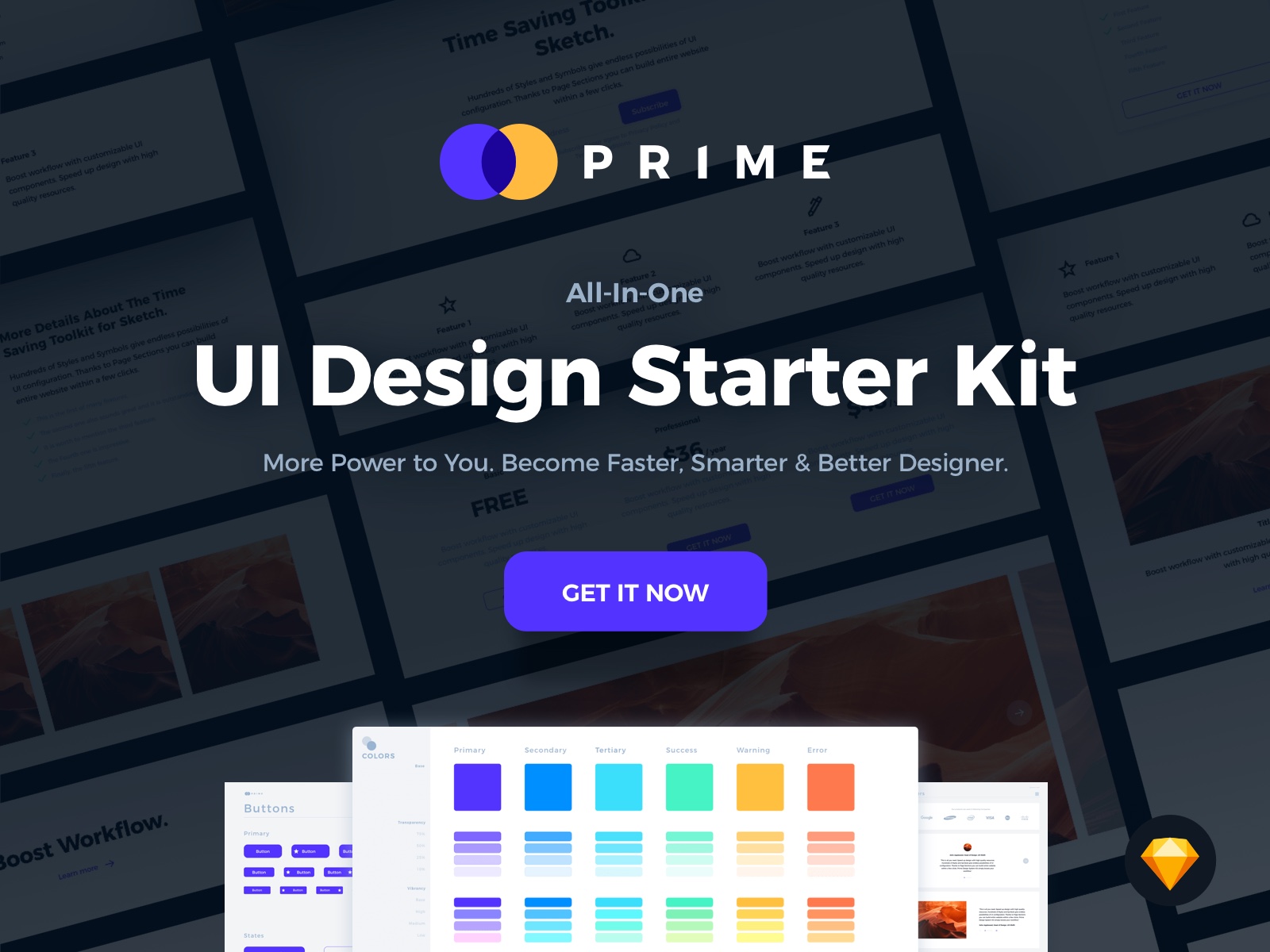
You can also Create User Flows faster in Sketch — With SQUID you can create User Flows directly in Sketch the sketch file with your artboards. Everything may be done within a couple of clicks. See how it works.
Originally published at uxmisfit.com on 15 February 2021
